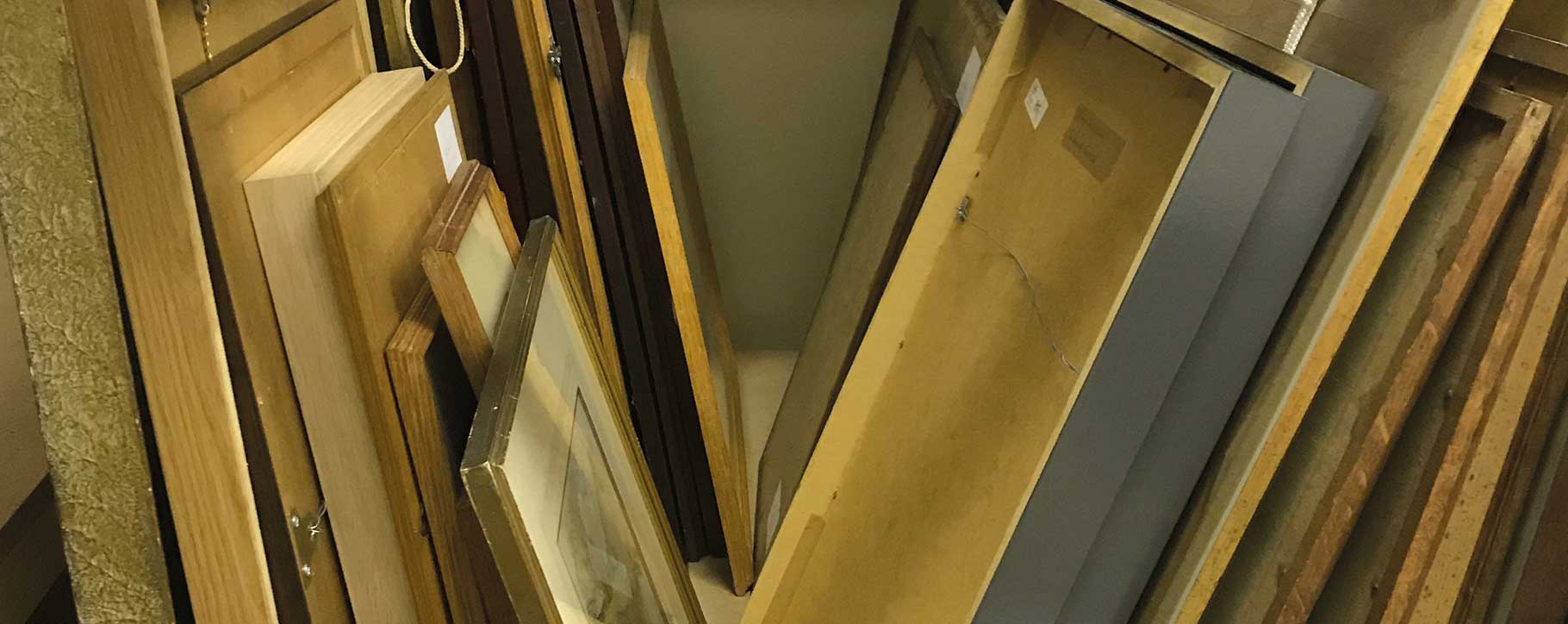
According to Sotheby’s Institute of Art, only 5% of the world’s artworks will survive the next 100 years. This seems a disproportionately small number taking into account all the artworks around the world, however given the requirements of conservation and proper care, it becomes possible that artwork may face quicker destabilisation, damage and loss of value.
The Institute of Art is a commanding voice in the art world, as a leading provider of art business education, so the warning should be heeded. Although 100 years seems like a long time away, collectors and owners of artworks should monitor the condition of their paintings frequently. It’s always a sensible idea to put plans in place for conservation, which can begin at home with minimal effort, to deny any unnecessary deterioration. After the effort of acquiring art, incorrectly storing and displaying it in a home following this series of steps can minimise damage and reduce issues in the future:
Choose the right room – Climate control is the key, choose a cool, dark room that has a constant temperature ideally about 21°C throughout the year. Musty smells and mould could be a sign of a bigger problem that should be addressed. Professional art storage may be the answer.
Pack the artwork correctly – Make sure the finish is completely dry, newer pieces can take up to a year to dry. For framed pieces wrap in acid free tissue paper then wrap in bubble wrap, but allow it to breathe and store in a cardboard or wooden box, don’t allow anything to touch the face of the painting. With unframed pieces we suggest seeking professional advice depending on the medium.
Position the art correctly – When hanging artwork avoid bright sunlight and heat sources. When storing framed art never stack on top of one another as they may collapse under their own weight. You should stand the boxes with framed works next to each other. Unframed works may be stacked, however, it is best to place them standing up as well. Works on paper can be stored in drawers, but check for insect and acid secretions before storing.
Check the artwork regularly – Whether at home or in storage make sure the artwork is checked periodically to detect any potential damage early.
We can provide advice and guidance for collectors concerned about the condition of their artwork and how to begin conservation at home to avoid an unnecessary escalation of damage and impact on value.
To read more, click on our article, ‘How to store and display your artwork’.






